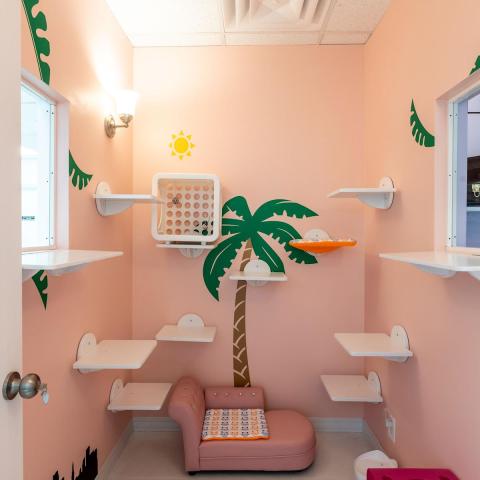Microsoft has recently stopped selling its $999 entry-level versions of the Surface Pro 11 and Surface Laptop 7. This change comes as the company introduces new, smaller Surface devices that are more affordable.
The new Surface Pro, starting at $799, and the Surface Laptop, starting at $899, were announced this week. Now, the prices for the Surface Pro 11 and Surface Laptop 7 have jumped to $1,199. This price change coincides with the launch of their cheaper models.
Originally, customers could buy the Surface Pro 11 or Surface Laptop 7 with a Snapdragon X Plus, 16GB of RAM, and 256GB of storage for $999. However, that option has vanished. The new base model now includes 512GB of storage but comes at the higher price of $1,199.
Interestingly, there seems to be no indication that Microsoft is raising prices due to tariffs. Instead, the removal of the $999 model appears deliberate. By making the older models seem costlier, Microsoft can make its new devices appear to be better bargains.
Had Microsoft kept the $999 price point, the price difference between the new models would only be $100 to $200. Now, with the Surface Pro 11 and Surface Laptop 7 priced at $1,199, the gap is $400 for the Surface Pro 12-inch and $300 for the Surface Laptop 13-inch.
This strategy aims to position the new models as more appealing options, especially since the older versions were often available at discounted prices during sales. With these changes, it’s likely that the Surface Pro 12-inch and Surface Laptop 13-inch will attract buyers looking for value.
Fortunately, third-party retailers like Best Buy and Amazon may still carry the original $999 configurations for a while. If you’re interested, it’s worth checking those places for deals on the Surface Pro 11 and Surface Laptop 7.
Looking ahead, industry experts suggest that this move signifies Microsoft’s intent to compete more aggressively in the growing market for lightweight, affordable laptops. As technology continues to evolve, staying aware of these changes can help consumers navigate their options more wisely.
For a deeper dive into market trends, the National Retail Federation reported a notable increase in consumer electronics purchases in 2023, reflecting strong demand for laptops and personal devices. This landscape likely influences Microsoft’s pricing strategies.
In summary, while Microsoft’s recent decisions may appear sharp, they shed light on a broader trend in the tech industry—making devices more accessible while positioning newer models attractively in the market.
Source link





















